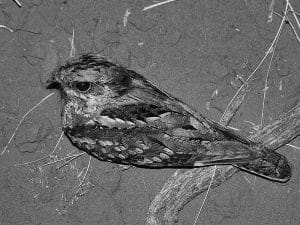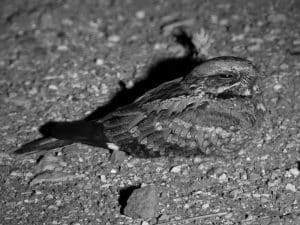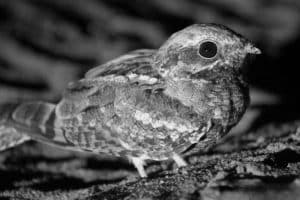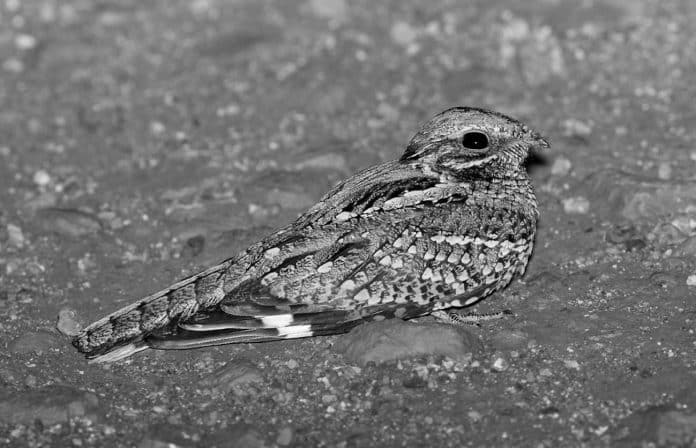Introduction to the Rufous-Cheeked Nightjar
Tanzania, a country known for its diverse wildlife, is home to a fascinating nocturnal bird known as the Rufous-Cheeked Nightjar. This elusive bird is a marvel to behold, with its unique vocalizations and striking physical characteristics. In this article, we will delve into the world of the Rufous-Cheeked Nightjar in Tanzania, exploring its habitat, behavior, and the importance of its vocalizations in communication.
Habitat and Distribution of the Rufous-Cheeked Nightjar in Tanzania

The Rufous-Cheeked Nightjar can be found in various habitats across Tanzania, including woodlands, savannas, and grasslands. These birds prefer areas with scattered trees and shrubs, where they can blend in with their surroundings during the daytime. They are primarily found in the northern and central parts of the country, including popular national parks such as the Serengeti and Ngorongoro Conservation Area.
Physical Characteristics of the Rufous-Cheeked Nightjar
The Rufous-Cheeked Nightjar is a medium-sized bird, measuring around 25 centimeters in length. It has a distinctive rufous-colored face and cheeks, which give it its name. The upperparts of its body are mottled with various shades of brown and gray, providing excellent camouflage against tree trunks and branches. Its underparts are pale with fine streaks, further aiding in its concealment.
Nocturnal Behavior and Vocalizations of the Rufous-Cheeked Nightjar
As a nocturnal bird, the Rufous-Cheeked Nightjar is most active during the night, when it hunts for insects on the wing. It has a unique flight pattern, characterized by erratic and bat-like movements, as it swoops and glides through the night sky. What truly sets this bird apart is its enchanting vocalizations. The Rufous-Cheeked Nightjar has a distinctive call, consisting of a repetitive “churring” sound, which can be heard echoing through the night.
The Importance of Vocalizations in Nightjar Communication

Vocalizations play a crucial role in the communication and courtship rituals of nightjars, including the Rufous-Cheeked Nightjar. These birds use their calls to establish territories, attract mates, and communicate with other individuals. The unique vocalizations of the Rufous-Cheeked Nightjar not only serve as a means of identification but also contribute to the overall soundscape of the nocturnal environment.
Conservation Status and Threats to the Rufous-Cheeked Nightjar in Tanzania
Despite its enchanting beauty, the Rufous-Cheeked Nightjar faces various threats to its survival in Tanzania. Habitat loss due to deforestation and agricultural expansion is a significant concern, as it reduces the available nesting and foraging areas for these birds. Additionally, the use of pesticides and insecticides can negatively impact the populations of insects, which are the primary food source for nightjars. Conservation efforts are crucial to safeguard the future of the Rufous-Cheeked Nightjar and ensure its continued presence in the Tanzanian ecosystem.
Best Places to Spot the Rufous-Cheeked Nightjar in Tanzania
For avid birdwatchers and nature enthusiasts, Tanzania offers several prime locations to spot the Rufous-Cheeked Nightjar. The Serengeti National Park is a popular destination, where these birds can be seen in the acacia woodlands and grassy plains. The Ngorongoro Conservation Area is another excellent spot, with its diverse range of habitats providing ample opportunities to encounter these elusive creatures. Other notable locations include Tarangire National Park and Lake Manyara National Park, where the Rufous-Cheeked Nightjar can be found amidst the stunning landscapes of Tanzania.
Tips for Nighttime Birdwatching in Tanzania
Nighttime birdwatching requires a different approach compared to daytime observations. To enhance your chances of spotting the Rufous-Cheeked Nightjar, it is essential to plan your outings during the hours of dusk and dawn when these birds are most active. Be prepared with a good quality flashlight or headlamp, as well as binoculars to aid in identification. Patience is key, as nightjars can be elusive and may take some time to reveal themselves. Lastly, remember to respect the natural environment and keep noise to a minimum, allowing these nocturnal creatures to thrive undisturbed.
Capturing the Rufous-Cheeked Nightjar in Photography and Sound Recordings

For photographers and sound enthusiasts, capturing the beauty of the Rufous-Cheeked Nightjar can be a rewarding experience. To photograph these birds, it is advisable to use a camera with a high ISO capability to capture clear images in low light conditions. Patience and stealth are essential to approach the birds without causing disturbance. Sound recordings can also be made to document the unique vocalizations of the Rufous-Cheeked Nightjar. A high-quality microphone and a portable recorder are recommended for capturing the intricate details of their calls.
Conclusion: Appreciating the Beauty of the Rufous-Cheeked Nightjar in Tanzania
The Rufous-Cheeked Nightjar is a remarkable bird that adds to the richness and diversity of Tanzania’s wildlife. Its striking physical characteristics and enchanting vocalizations make it a true nighttime beauty. As we explore the habitats, behavior, and conservation concerns surrounding this species, we come to appreciate the importance of preserving its natural environment. So, the next time you find yourself in Tanzania, venture out into the night and listen for the haunting call of the Rufous-Cheeked Nightjar – an experience that will surely leave a lasting impression.


































